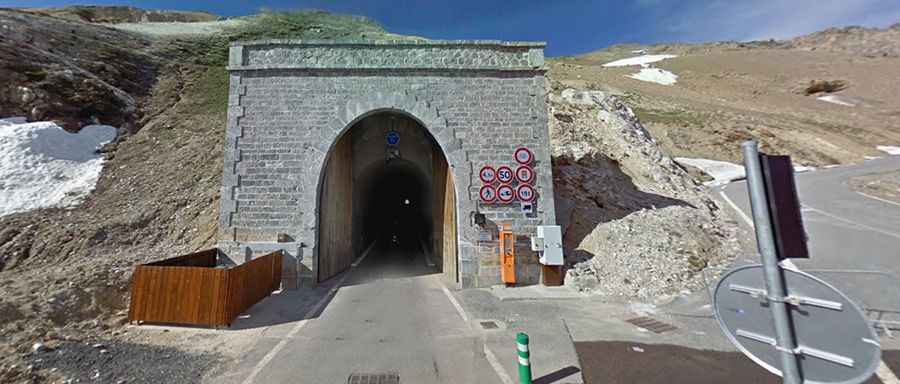Driving Through the Iconic Tunnel du Galibier
Tunnel du Galibier is a high mountain tunnel at an elevation of 2,576m (8,451ft) above sea level, located in France. Before 1976, the tunnel was the only passage point at the summit. It was closed for restoration until 2002, after which a new road was constructed over the summit.

Where is Tunnel du Galibier?
The tunnel is located roughly 1 kilometre from the actual Col du Galibier summit, on the boundary between the Savoie department in the Auvergne-Rhône-Alpes region and the Hautes-Alpes department in the Provence-Alpes-Côte d'Azur region, in the southeastern part of the country.
When Was Tunnel du Galibier Built?
The road through the tunnel is fully paved. The pass was first made crossable for military purposes in 1879. A mule track existed over Galibier well before that year. The tunnel was built in 1890 and opened in 1891. It was used for 85 years, until 1976, when it was closed due to poor condition. It reopened in the summer of 2002 after extensive repairs. Between 1976 and 2002, with the oak-doored tunnel closed, a new road was built over the summit, and traffic, including the Tour de France, had to take the D902B road. Until 1976, all traffic passed through the oak-doored darkness of the summit tunnel.
How Long is Tunnel du Galibier?
The tunnel is said to be 365 metres long—one metre for each day of the year—and has been traversed by the Tour de France several times. The tube is 4 meters broad (with a 3.2m wide roadway) and operates as a single-lane tunnel, controlled by traffic lights allowing alternate passage.
Is Tunnel du Galibier Open in Winter?
It’s among the highest tunnels in Europe. Due to the altitude, it’s not uncommon to encounter snowstorms on its summit during mid-summer. The tunnel is impassable from late October to late May or early June. It is closed to bicycles, caravans, and trucks over 19 tonnes.
Why is Henri Desgrange Famous?
The only bar-restaurant near the summit of the pass is located just before the tunnel. At the south entrance to the tunnel, there is a memorial to Henri Desgrange, the father of the Tour de France, who initiated the race in 1903. The memorial was inaugurated on 19th July 1949. Desgrange was the editor of L’Auto and used the Tour de France to increase its circulation. L’Auto was printed on yellow paper, which is why the yellow jersey is worn by the race leader. Desgrange loved the Col du Galibier and famously wrote:
"In front of this giant, we can do nothing but take our hats off and bow."